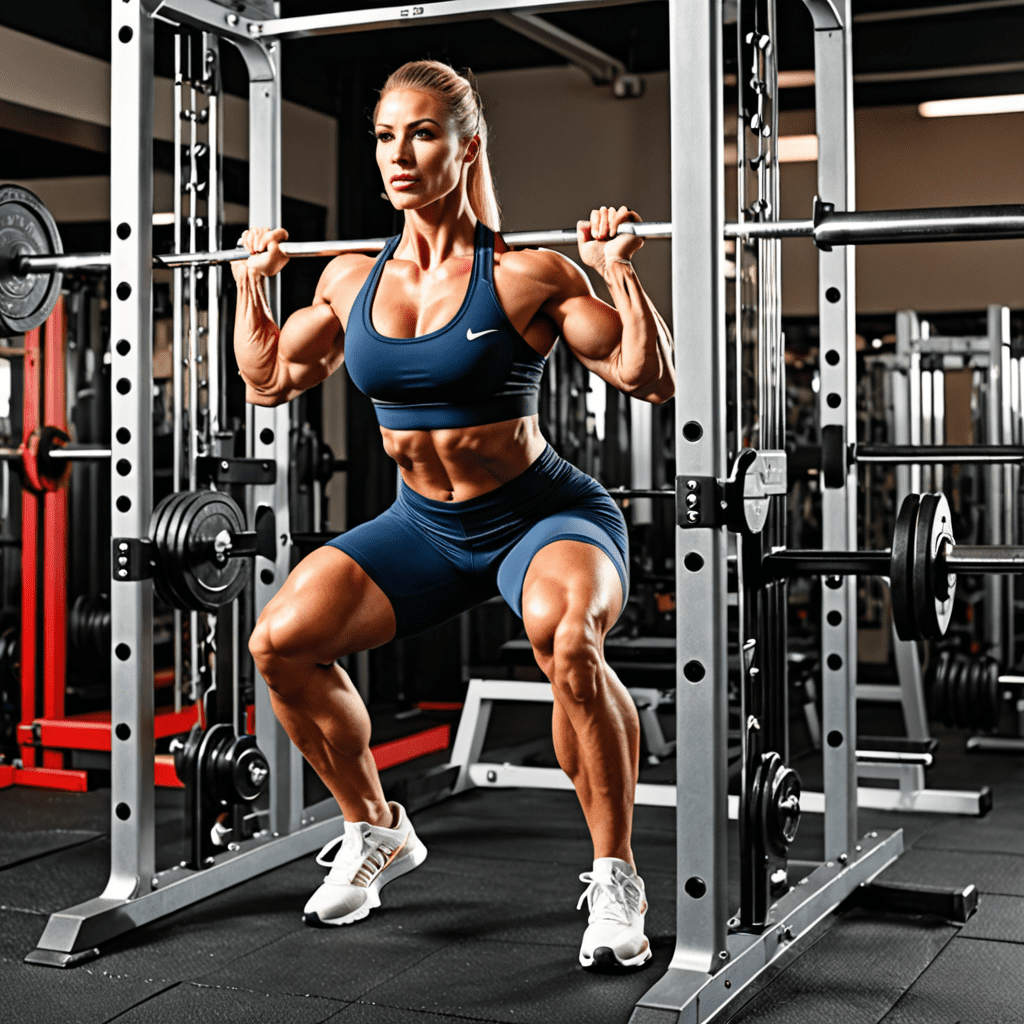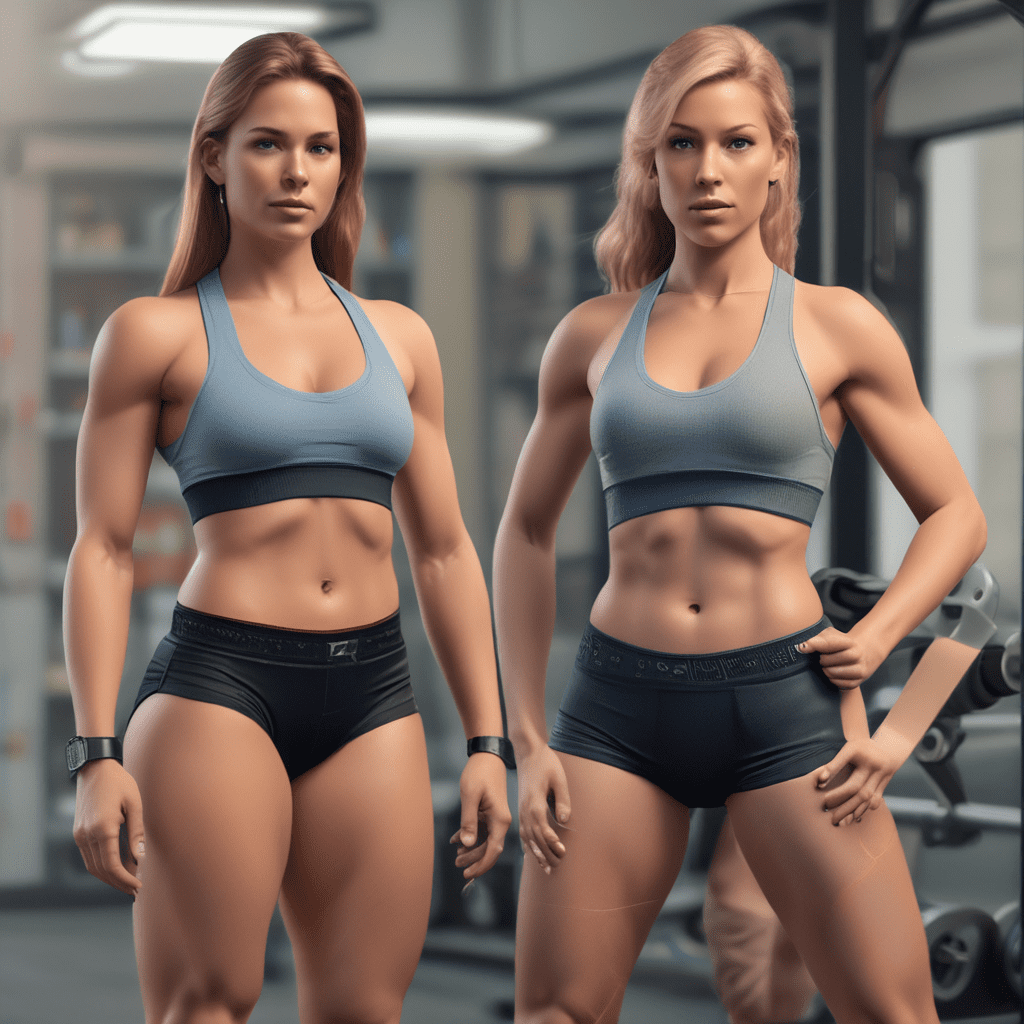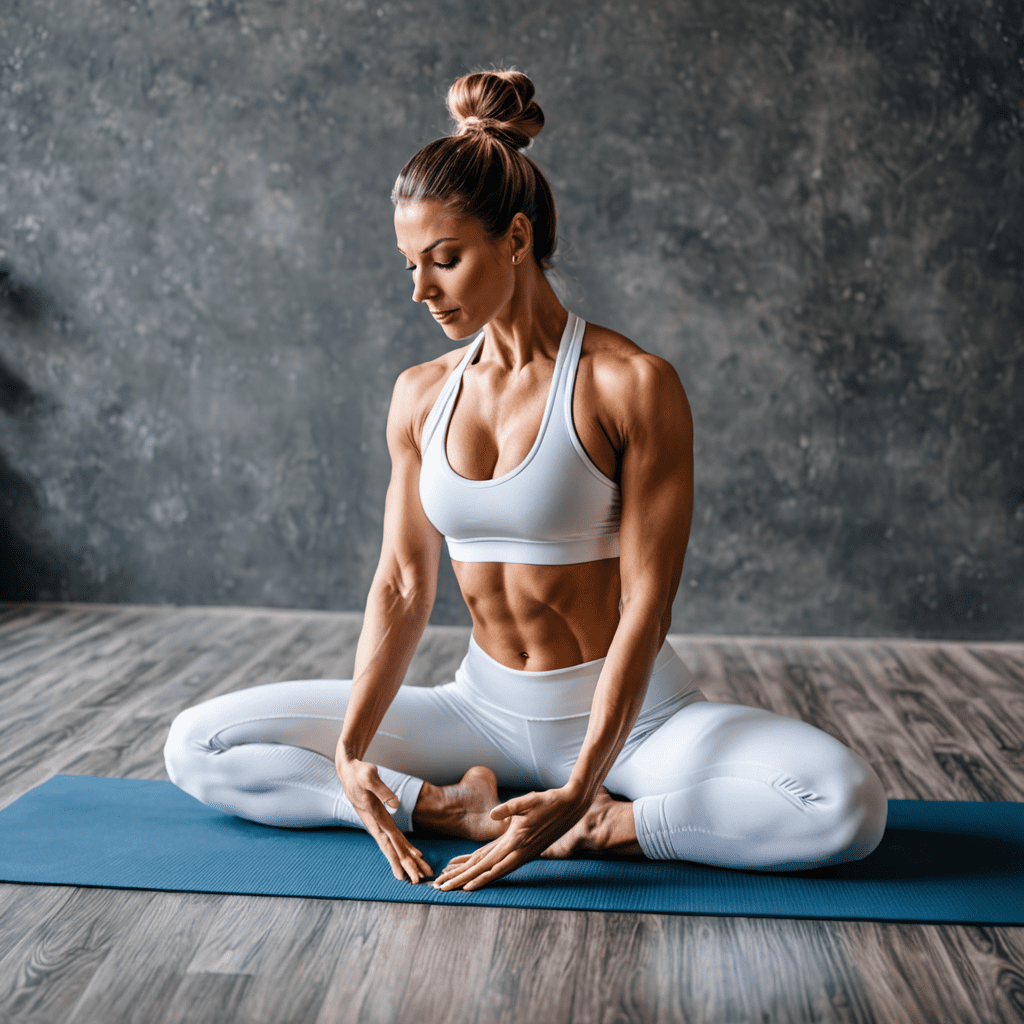
Discover the Best Form for Squatting on a Smith Machine
The Smith machine is a popular piece of equipment for those who want to incorporate squats into their fitness routine. It provides stability, support, and guidance, making it an ideal choice for beginners or individuals with limited mobility. However, there is often confusion about the correct way to perform squats on a Smith machine. In this article, we will delve into the different ways and discuss the pros and cons of each technique.
The Traditional Squat
The traditional squat on a Smith machine involves positioning yourself underneath the bar with your feet slightly wider than shoulder-width apart. Gradually lower your body by bending your knees and hips, keeping your back straight and your chest up. Aim to achieve a 90-degree angle at your knees before pushing through your heels and returning to the starting position. This form closely mimics a free-standing squat and provides overall lower body engagement.
The Front Squat
For those looking to target their quadriceps and core muscles, the front squat on a Smith machine is an excellent choice. Position yourself facing the machine with the bar resting across your anterior deltoids. Hold the bar in place with your hands, keeping your elbows high and your chest upright. Lower your body as you would in a traditional squat, making sure to maintain the correct alignment. This variation places more emphasis on the quads and focuses less on the glutes and hamstrings.
The Sumo Squat
The sumo squat on a Smith machine involves positioning your feet wider than shoulder-width apart, with your toes pointing outwards at a 45-degree angle. Lower your body, ensuring your knees follow the direction of your toes, and push through your heels to return to the starting position. This variation places more emphasis on the inner thigh muscles, making it an excellent choice for individuals looking to target these specific areas.
The Split Squat
The split squat, also known as the Bulgarian split squat, is a challenging variation that engages your lower body muscles individually. Stand approximately two to three feet in front of the Smith machine, facing away from it. Extend one leg and place your foot on the bar behind you. Lower your body by bending the front knee, ensuring your knee stays aligned with your ankle. Push through your front heel to return to the starting position. This variation helps strengthen each leg independently and emphasizes stability and balance.
The Smith Box Squat
The Smith box squat is an excellent choice for individuals who struggle with limited mobility or inadequate flexibility. Place a box or platform behind you, ensuring it’s at an appropriate height for your mobility level. Position yourself underneath the bar, with your feet slightly wider than shoulder-width apart. Lower your body onto the box, then pause for a moment before pushing through your heels and returning to the starting position. This variation allows for a controlled range of motion and helps individuals gradually increase their squat depth.
The Smith Hack Squat
The Smith hack squat is a variation that targets the quadriceps and glutes effectively. Position yourself facing the machine with your feet slightly wider than shoulder-width apart. Hold the bar with an overhand grip, behind your glutes, and slowly lower your body by bending your knees. Push through your heels to return to the starting position. This variation allows for greater resistance and can be beneficial for those looking to build lower body strength.
FAQ
Q: Can I perform a regular barbell squat on a Smith machine?
A: While the Smith machine can be a useful tool for squatting, it’s important to note that it may alter your natural movement pattern due to its fixed bar path. Therefore, it’s best to focus on the variations specifically designed for the Smith machine to ensure proper form and safety.
Q: How many reps and sets should I do when squatting on a Smith machine?
A: The number of reps and sets will vary depending on your fitness goals. However, as a general guideline, aim for 3-4 sets of 8-12 reps, adjusting the weight accordingly to maintain proper form and challenging yourself.
Q: Is squatting on a Smith machine safer than using free weights?
A: The Smith machine can be a safer alternative for individuals who are new to squatting, have limited mobility, or are recovering from an injury. However, it’s important to note that free weights provide greater stability and require more muscle activation for balance, making them beneficial for overall strength development.
Q: Should I use a spotter when squatting on a Smith machine?
A: The Smith machine offers built-in safety features, such as adjustable safety catches, that can prevent accidents or provide assistance during heavy lifts. However, if you are unsure about your form or lifting capabilities, having a spotter nearby can offer an extra level of safety and support.
Q: Can squatting on a Smith machine replace traditional free weight squats?
A: While the Smith machine can be a valuable addition to your training routine, it should not entirely replace traditional free weight squats. Free weight squats engage more muscles for stabilization and provide a greater challenge to your core. Incorporating both variations will help maximize your overall strength and muscle development.
In conclusion, the Smith machine provides a versatile platform for squatting, allowing for various forms and targeting different muscle groups. Experiment with the different variations to find the one that best suits your goals and individual needs. Remember to start with lighter weights and gradually increase the load as your strength and form improve. Enjoy the benefits of squatting on a Smith machine while ensuring safety and efficiency in your workouts.

